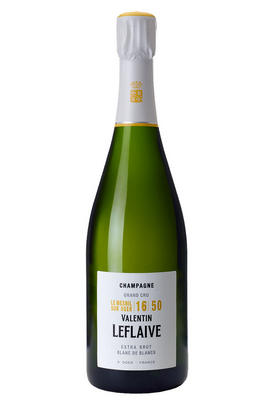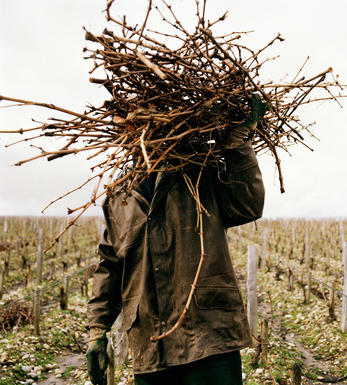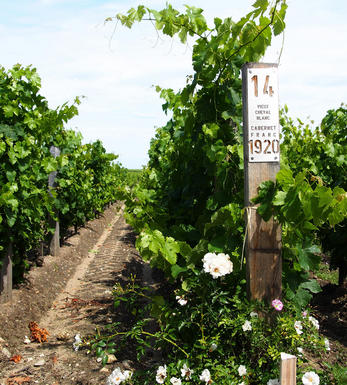
Champagne Valentin Leflaive, Le Mesnil Sur Oger 16 50, Grand Cru

About this WINE

Champagne Valentin Leflaive
Located in Oger, one of the Cote des Blancs’ most prestigious appellations, Valentin Leflaive brings together the very best of Champagne and Burgundy. The Leflaive family have worked the soils of Puligny Montrachet since 1580, only expanding to Champagne in 2015. Here, owner Olivier Leflaive brings decades of Burgundian know-how and a passionate, exacting approach to his winemaking.
Through careful plot selection and a single varietal approach, Olivier and his team have created some wonderful interpretations of Champagne, rich in expressions of their terroir. Old Puligny Montrachet and Le Montrachet barrels are used to age the Valentin Leflaive Champagnes and add layers of complexity.
In a nod to the importance of terroir and the individual handling of each wine, every bottle is marked with a unique code. Specific terroirs, dosage and base wine are all clearly marked on every label, demonstrating the uniqueness of each cuvée’s characteristics.

Blanc de Blancs
In Champagne, the term Blanc de Blancs designates Champagnes made only from Chardonnay grapes. The vineyards located between Cramant and Mesnil-sur-Oger in Cote de Blancs yield the best examples of the style.
A classic Blanc de Blancs is restrained and elegant when young, yet with ageing it develops a mouth-coating brioche richness that overlays an intense expression of fruitiness. Blanc de Blancs are endowed with longer ageing potential than a typical Blanc de Noirs.
Recommended Producers: Salon, Billecart Salmon, Jacques Selosse, Dom Ruinart, Krug, Le Mesnil Grand Cru, Guy Larmandier

Chardonnay
Chardonnay is often seen as the king of white wine grapes and one of the most widely planted in the world It is suited to a wide variety of soils, though it excels in soils with a high limestone content as found in Champagne, Chablis, and the Côte D`Or.
Burgundy is Chardonnay's spiritual home and the best White Burgundies are dry, rich, honeyed wines with marvellous poise, elegance and balance. They are unquestionably the finest dry white wines in the world. Chardonnay plays a crucial role in the Champagne blend, providing structure and finesse, and is the sole grape in Blanc de Blancs.
It is quantitatively important in California and Australia, is widely planted in Chile and South Africa, and is the second most widely planted grape in New Zealand. In warm climates Chardonnay has a tendency to develop very high sugar levels during the final stages of ripening and this can occur at the expense of acidity. Late picking is a common problem and can result in blowsy and flabby wines that lack structure and definition.
Recently in the New World, we have seen a move towards more elegant, better- balanced and less oak-driven Chardonnays, and this is to be welcomed.


Buying options
Add to wishlist
Description
This project has its roots in the Leflaive family’s admiration of the Chardonnay grape. Olivier Leflaive is a risk taker by nature. He has spent time in Paris, away from wine, but has since returned to Burgundy to set up Maison Olivier Leflaive. As if his schedule wasn’t busy enough, in 2015 Olivier set up his own winery in Oger, Côte des Blancs. Olivier and his team use their knowledge of terroir and transpose it into Champagne. A proportion of old Puligny-Montrachet and Le Montrachet barrels are used for ageing, adding another layer of complexity. Valentine Leflaive brings together the best of both worlds: Burgundy and Champagne.
100% Le Mesnil fruit hailing from 2016 with 5 g/l.
wine at a glance
Delivery and quality guarantee